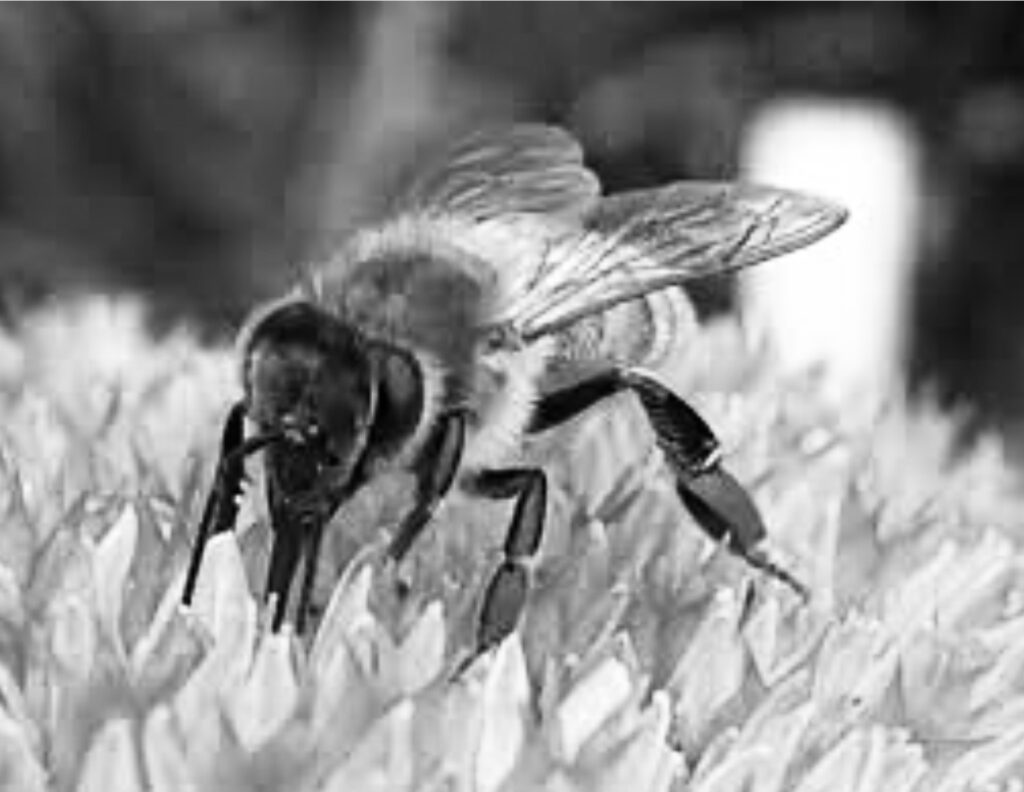
POLLINATORS
Although most gardeners rush out into our gardens at the first sign of nice weather, many professionals suggest we wait until temperatures reach fifty degrees before we clean our gardens. This is the same time when lawns begin to turn green and forsythia bushes begin to bloom.
Why? By this time many of our pollinators have come out of hibernation and are safer from destruction caused by gardeners invading their winter habitats.
Why are pollinators so important? Creatures such as bees, butterflies, birds, hummingbirds, flies and bats are essential for our survival on Earth. Humans depend on plant pollination for many resources, including nearly all the food we eat.
Plants and pollinators have co-evolved over millions of years in this win-win relationship. Although this relationship is much older than human civilization, it is now in danger around the world and in many cases, humans are to blame.
As our population spreads out, we destroy territory never occupied by humans before, cutting down trees, clear cutting forests and meadows as our population grows faster than ever before.
In recent decades manmade chemicals have been used carelessly by uninformed people to kill every insect that walks by without a second thought about our environment or their place in it. Not only do we spray indoors, chemical companies encourage us to spray outdoors also.
Bees: When we hear the word “pollinators” many of us think of bees, and with good reason. Bees are the most efficient pollinator. A single honeybee colony can pollinate 3 million flowers a day.
Surprisingly honeybees are not native to North America. They were brought by early settlers to produce honey. Today honeybees are our most important, hard-working pollinator.
A major difference between honeybees and our native bees is our native bees don’t nest in hives. They tend to nest alone or in small numbers in rock crevices, shrubbery or holes in the ground.
We should not underestimate the pollinating power of native bees. Though evolution many plants and native pollinators have perfected techniques that are unique to each plant and bee, or other pollinators species.
Butterflies: Over the centuries Monarch Butterflies have captivated humans with their bright colors and annual migration during which they often appear in large groups, called a ‘roost’. The Monarchs actually migrate alone and not in flocks like birds. On this journey Monarch populations depend on Native North American “Milkweeds”, the only plant on which they lay their eggs.
In our area, with modern construction taking more land for development, milkweed plants are rapidly disappearing. In rural areas and farm lands, the use of herbicides is also taking its toll on Milkweeds. This sadly has a negative effect on the Monarch population. They have less host plants for their eggs and caterpillars.
Milkweeds (Asclepias) get their name from the sticky white sap that oozes from the leaves when they are damaged. More than 100 species of this herbaceous perennial are native to the U.S. and Canada. Many have adapted to different regions of the country and a wide range of climates and terrains, from deserts and rocky areas to marshes and open prairies. Some species grow exclusively in specific regions while others will thrive in just about any habitat.
Milkweed is both a food source and the only host plant on which the Monarch lays her eggs, depositing them on the underside of the leaves. The caterpillars then feed on the leaves after hatching, but cause no permanent damage to the plant. In turn, the toxic chemicals contained in the sap of Milkweed plants make both the caterpillars and adult butterflies unappetizing and even toxic to predators.
This technique has worked so well for Monarchs, it was long believed Viceroy butterflies had evolved with similar colors and markings to mimic the Monarch and fool predators that they too are unappetizing. Recent studies now show Viceroy butterflies are also toxic.
The black swallowtail butterflyis native to eastern North America. This butterfly feeds on nectar but the caterpillar eats plants in the carrot family dill, parley, carrots, fennel and one of my favorite wildflowers Queen Ann’s Lace which is not a native flower.
Because some of these herbs are common and easy to grow, many people now help these butterflies by bringing the eggs and caterpillars indoor for safety until the leave their chrysalis and can be more safely released into the wild. It is very important to ensure your herbs are pesticide free or you will poison your caterpillars. Do not feed them parsley or herbs bought in a super market.
In the wild it is estimated that only 2% of swallowtail caterpillars survive to adulthood. Birds, wasp and other predators feast on the eggs, caterpillars and defenseless chrysalis (cocoon). The goal is to help these butterflies to survive to adults and reproduce the next generation.
What can we do? Plant native species such as common milk weed, a bright orange flower that attracts Monarch butterflies for food and reproduction.
I plant beds of parsley around flower beds to give the swallowtails easy to care for plants on which to lay their eggs.
Buy a hummingbird feeder to attract them to your garden. There are recipes on line that are easy to make and store. Keep your feeder clean and change nectar (simple syrup) three times a week. Hummingbirds will quickly reject a dirty feeder. Keep nectar refrigerated until use.
If you are wary of insects please just stay away and do them no harm.
Happy Gardening,
James
